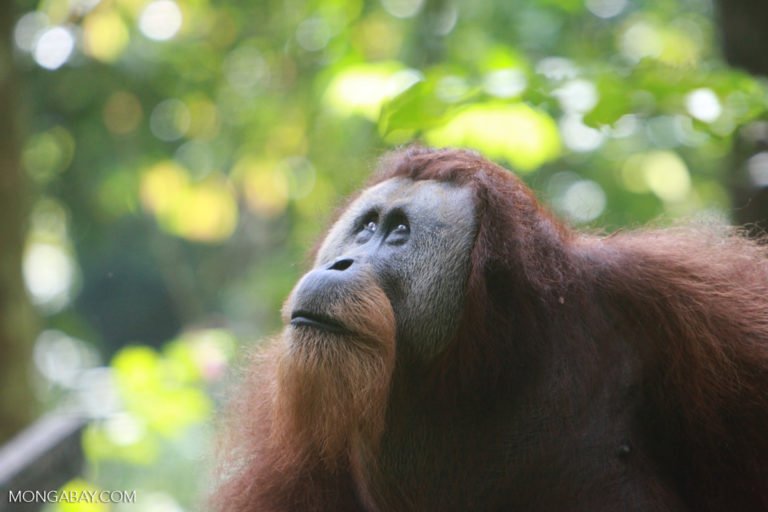- Sri Lanka’s largest urban wetland, centered around Lake Diyawanna near Colombo, is home to around 100 species of birds, both migratory and endemic.
- The extensive reed beds in the marshy lands provide the ideal nesting and feeding grounds for white-breasted waterhens (Amaurornis phoenicurus) and several species of egrets, storks, and herons.
- The area also retains thick wooded patches in addition to the ubiquitous coconut trees that attract rose-ringed parakeets (Psittacula krameri), black-hooded orioles (Oriolus xanthornus), brown-headed barbets (Megalaima zeylanica) and Asian koels (Eudynamys scolopaceus).
- The area’s bird life began to thrive in the absence of human-caused disturbances, due to lockdowns during the pandemic.
COLOMBO — Lake Diyawanna in Sri Jayawardenepura Kotte, Sri Lanka’s administrative capital, sits at the heart of an urban wetland that’s a haven for birds and an attraction for nature enthusiasts. The lush area with abundant tree cover and water bodies is home to a large number of water birds as well as other birds common to the Indian subcontinent. The site is just 10 kilometers (6 miles) from the bustling metropolis of Colombo, the country’s commercial capital, and provides urban birders a chance to enjoy bird-watching throughout the year.
Sri Lanka moved its administrative capital out of Colombo in 1982 in search of a more spacious area to accommodate parliament and other government offices. Along with this came a massive migration of people looking to settle in the newly developing area. While the rapid urbanization led to the reclamation of marshlands, which made up a significant extent of land in the area, the Lake Diyawanna region still retains the largest wetland in the Colombo district and is a boon to lovers of nature and birders in particular.
A key feature of the site is the Thalangama tank, an ancient reservoir built for irrigating rice fields. It remains intact today, even though rice cultivation in the area has diminished sharply as demand for residential space pushes land prices ever higher.
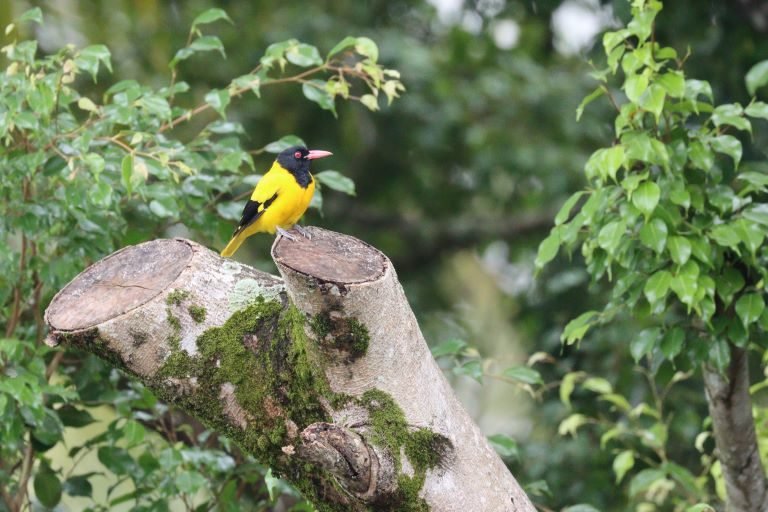
Today, the reservoir hosts more than 100 bird species, according to Gehan de Silva Wijeyeratne, who has studied and written widely on the birds of Sri Lanka. “The key species are the migrant black and yellow bitterns [Ixobrychus flavicollis and Ixobrychus sinensis], which augment the local population, and the watercock [Gallicrex cinerea],” Wijeyeratne writes in his Photographic Guide to the Birds of Sri Lanka.
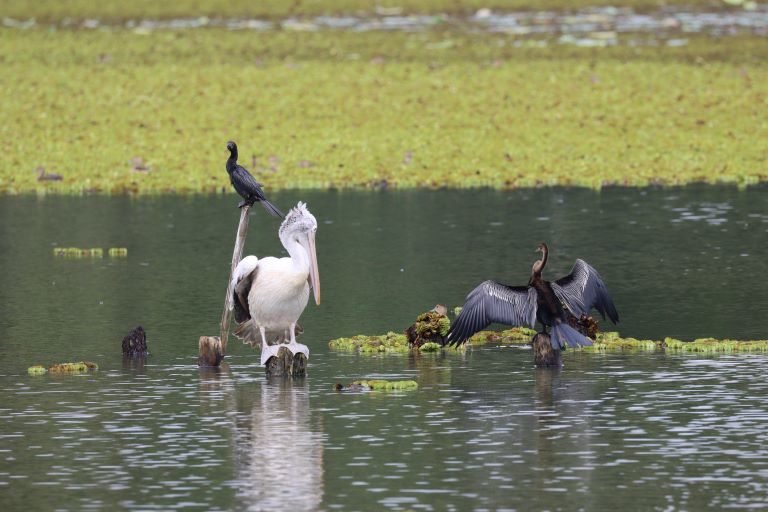
Diyasaru Uyana, which translates into a park rich in water, is a 24-hectare (60-acre) section of the wetland, designated as a park in 2017. It’s popular with birding enthusiasts, as is the nearby Beddagana wetland, which is more secluded and wooded.
Each of these areas, with lotus-covered ponds and grassy banks, are less than 5 km (3 mi) from each other, and hence part of a popular birding circuit that sees visitors head out early in the morning for a day of observing birds, photographing them, and connecting with nature.
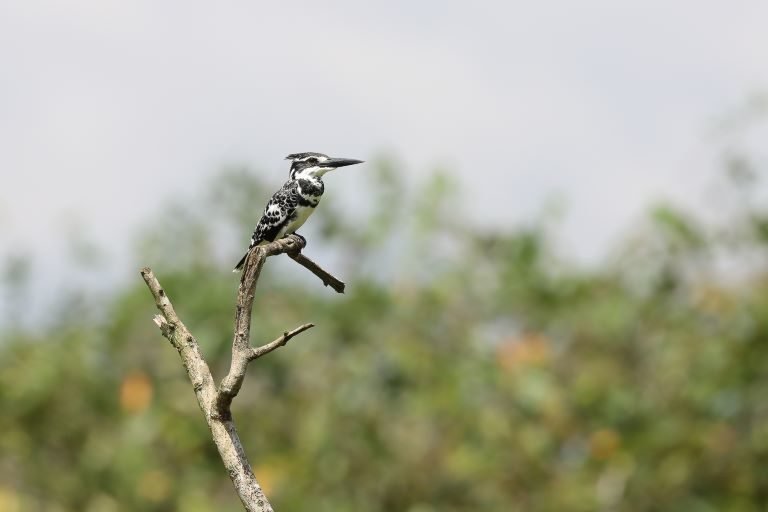
The primary attractions in the Lake Diyawanna area are the water birds, including the pheasant-tailed jacana (Hydrophasianus chirurgus), the red-wattled lapwing (Vanellus indicus), and the gray-headed swamphen (Porphyrio poliocephalus). They feed and breed in the safe environs of the wetlands, whose extensive reed beds also provide the ideal foraging and nesting grounds for white-breasted waterhens (Amaurornis phoenicurus) and several species of egrets, storks and herons.
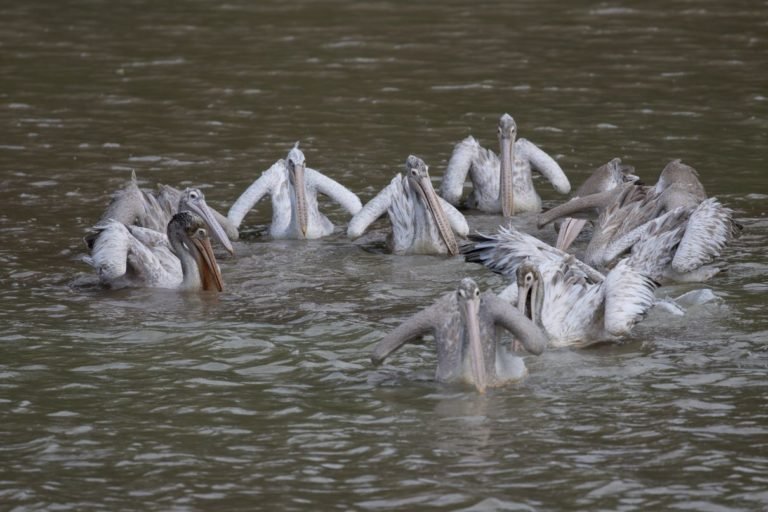
The spot-billed pelican (Pelecanus philippensis), oriental darter (Anhinga melanogaster) and Indian cormorant (Phalacrocorax fuscicollis) also abound, as do lesser whistling ducks (Dendrocygna javanica).
White-throated kingfishers (Halcyon smyrnensis), pied kingfishers (Ceryle rudis) and blue-tailed bee-eaters (Merops philippinus) are also among the resident birds in the area. Seasonal visitors include Asian openbill storks (Anastomus oscitans), which arrive during the latter part of the year and build nests in the treetops.
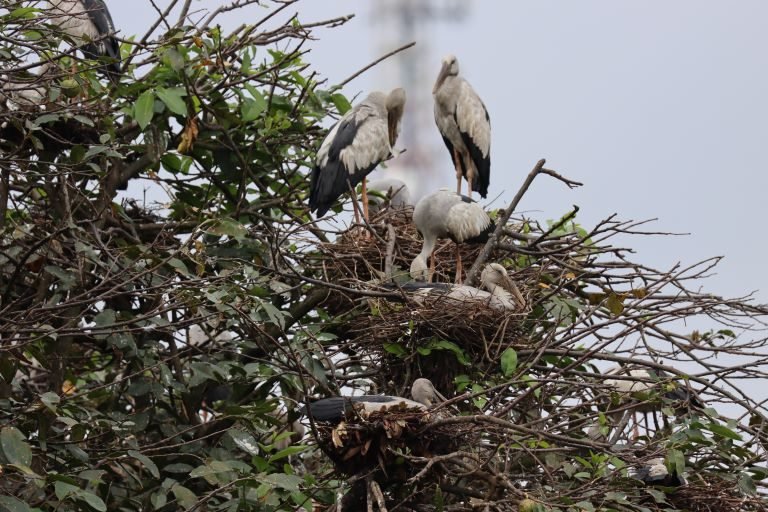
The area also retains thick wooded patches in addition to the ubiquitous coconut trees that attract rose-ringed parakeets (Psittacula krameri), black-hooded orioles (Oriolus xanthornus), brown-headed barbets (Megalaima zeylanica) and Asian koels (Eudynamys scolopaceus), enriching the avifauna of the area.
Birds also migrate from the Sri Lankan hinterland, such as the Indian paradise flycatcher (Terpsiphone paradisi) and a subspecies, the Ceylon paradise flycatcher (T. p. ceylonensis), which make a rare and much-anticipated appearance between November and March.
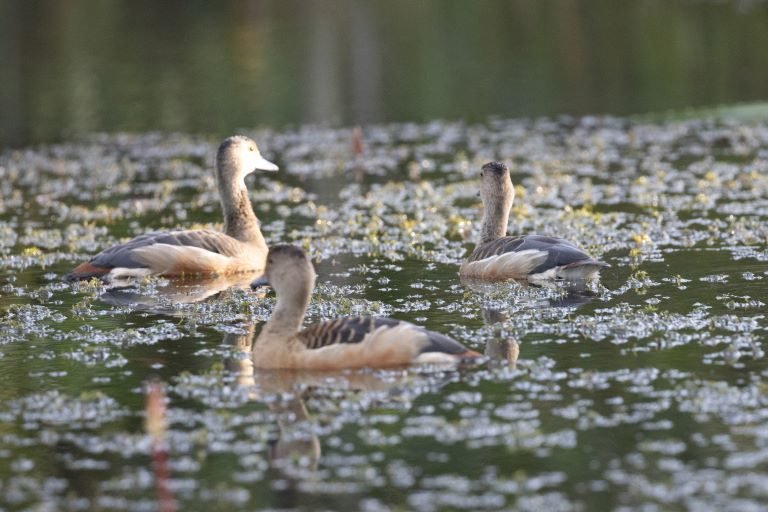
With the onset of the COVID-19 pandemic in March 2020, and the subsequent lockdowns and movement restrictions imposed by the Sri Lankan authorities, the Lake Diyawanna bird life began to thrive in the absence of human-caused disturbances. For birders, it was a good time to take a quiet walk around the lake and its surroundings and take in the beauty of the area and observe the amazing bird life all around, which is what I did.
Banner image of gray-headed swamphen (Porphyria poliocephalus) by Chandani Kirinde.






